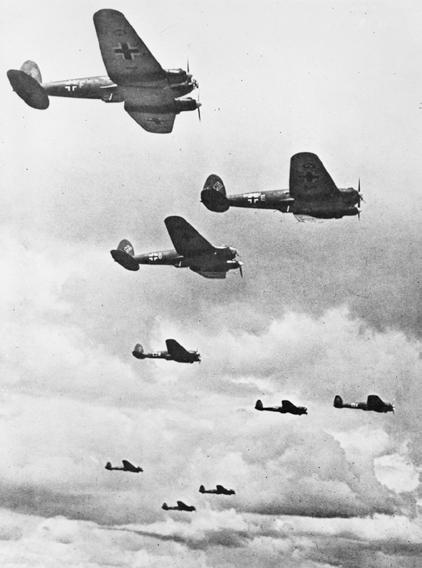VE DAY 80TH









VE DAY 80TH








Victory in Europe (VE) Day, 8 May 1945, celebrates the German surrender during the Second World War. Millions of people rejoiced in the news that Nazi Germany had surrendered.
However, it was not the end of the conflict, the war against Japan did not end until 15 August 1945, known as Victory in Japan (VJ) Day, and the impact of the Second World War was felt long after Germany and Japan surrendered.
The announcement that the war had ended in Europe was broadcast to the British people over the radio on 7 May 1945. The BBC interrupted its scheduled programming with a news flash announcing that VE Day would be a national holiday. Newspapers ran the headlines as soon as they could, and special editions were printed to carry the long-awaited announcement.
Tuesday 8 May 1945 was an emotional day that millions of people had long been waiting for. Many people were extremely happy that the fighting in Europe had stopped and there were big celebrations. Various events were organised to mark the occasion, including parades, thanksgiving services and street parties as communities came together to share in this historic moment.
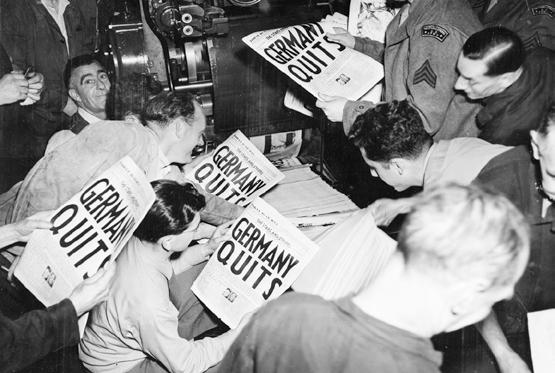
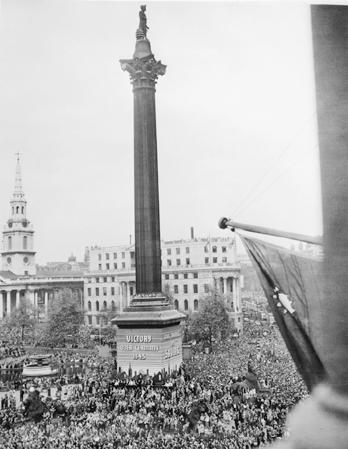
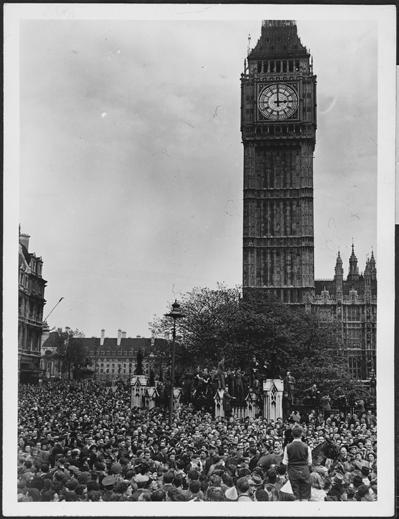
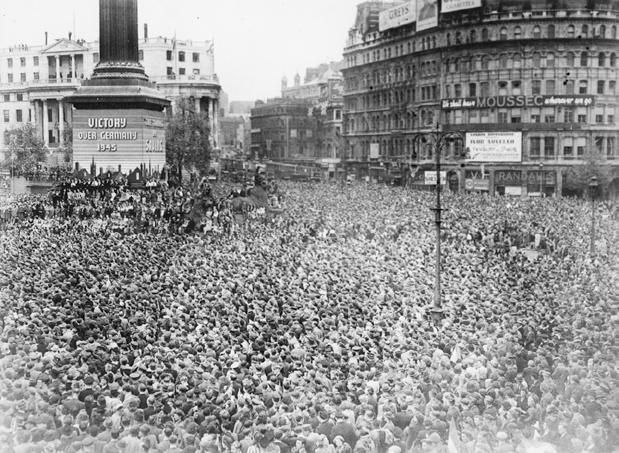
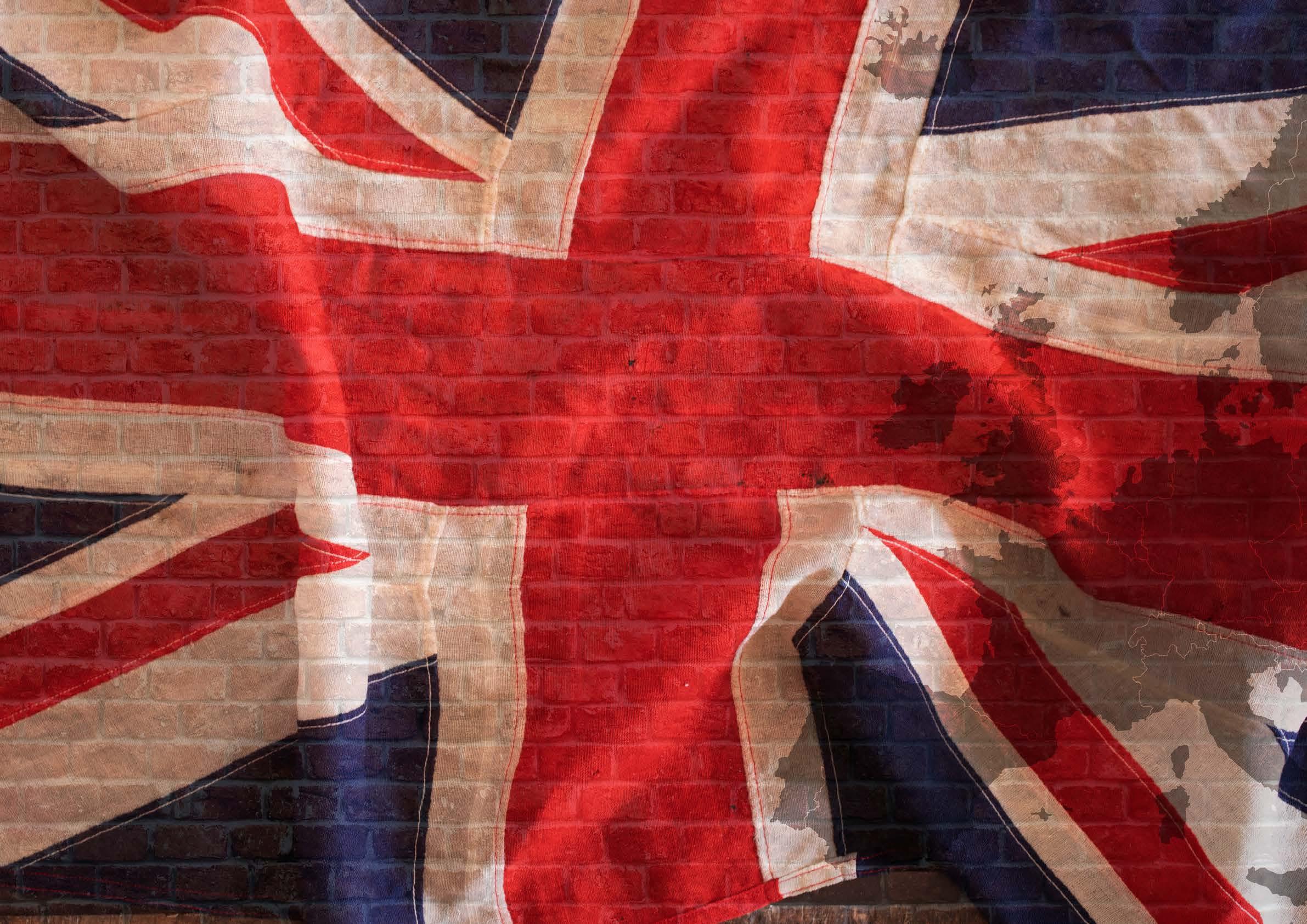
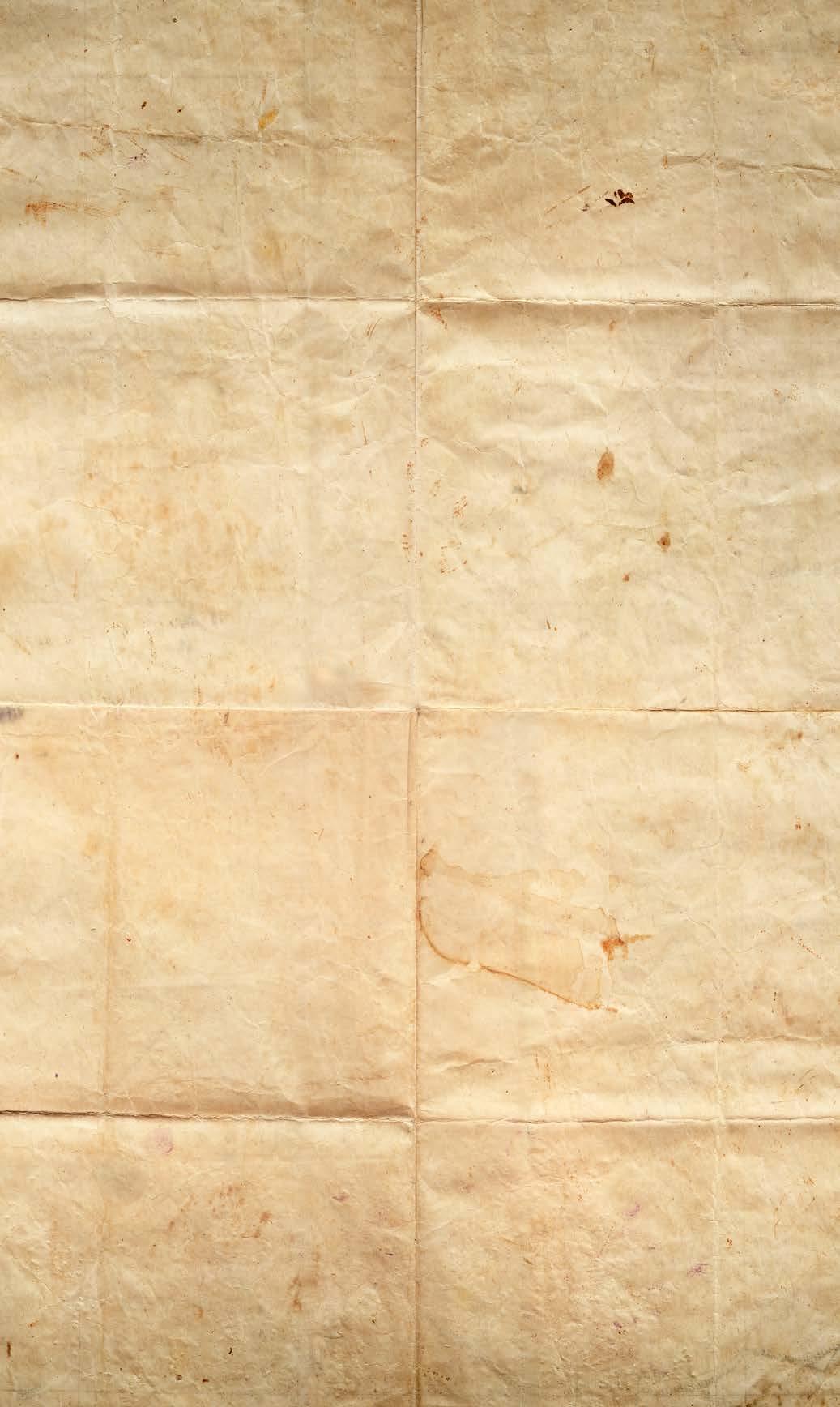
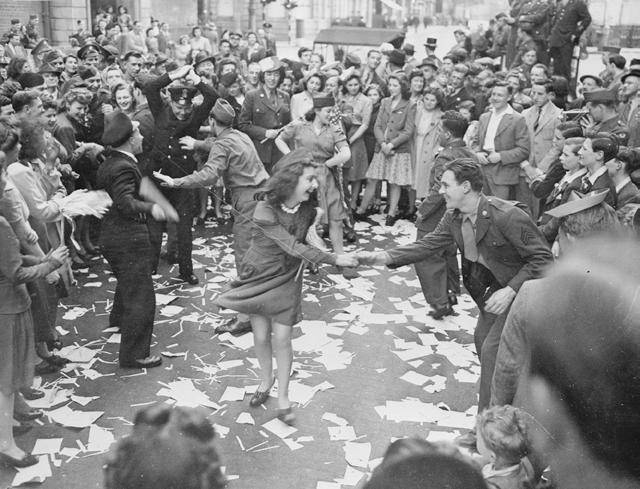

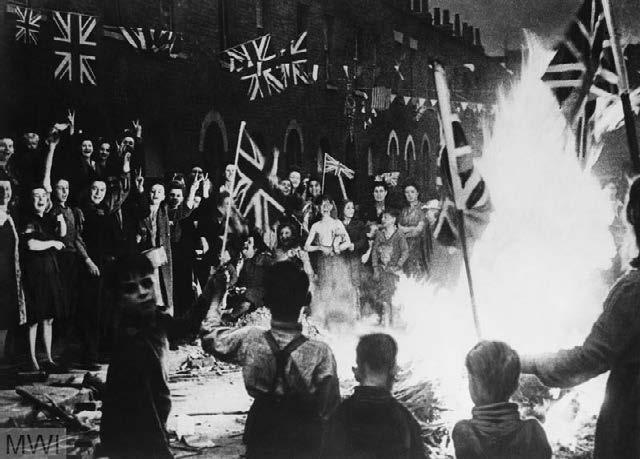
The VE Day celebrations continued after nightfall with the burning of ‘Victory Bonfires’. © IWM.
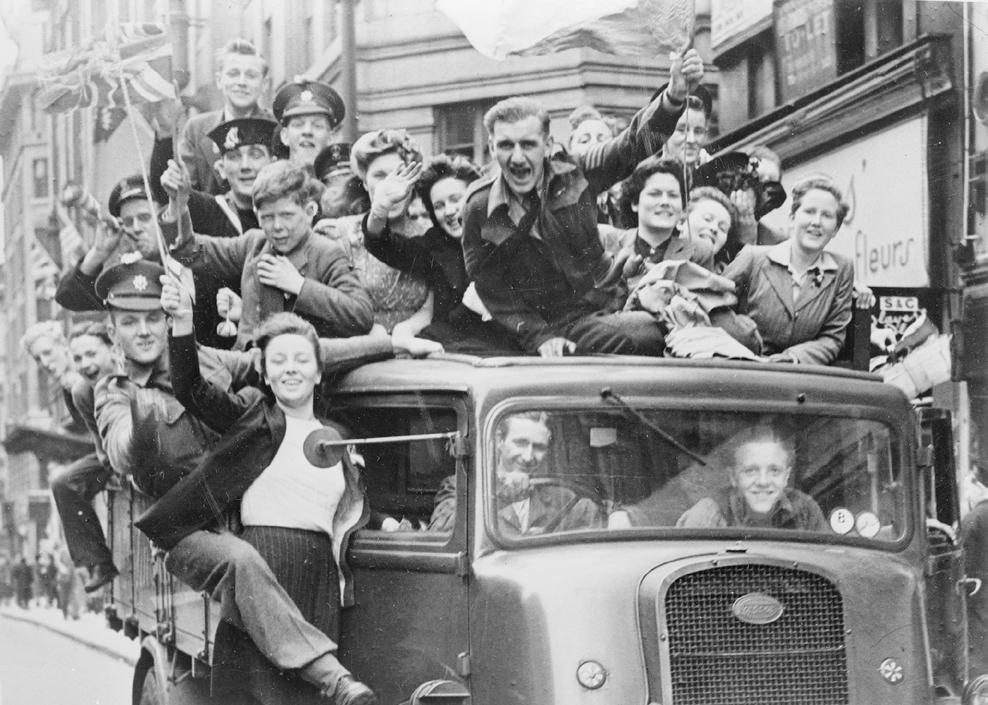
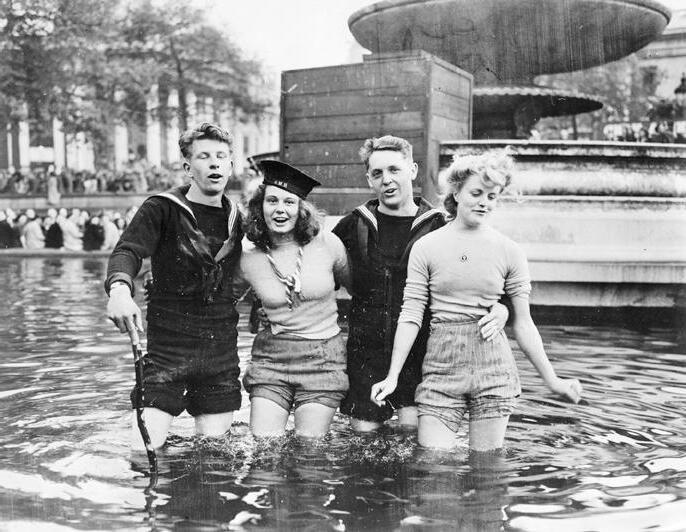

Revelers give the V for Victory sign as they celebrate VE Day outside the Houses of Parliament. ©
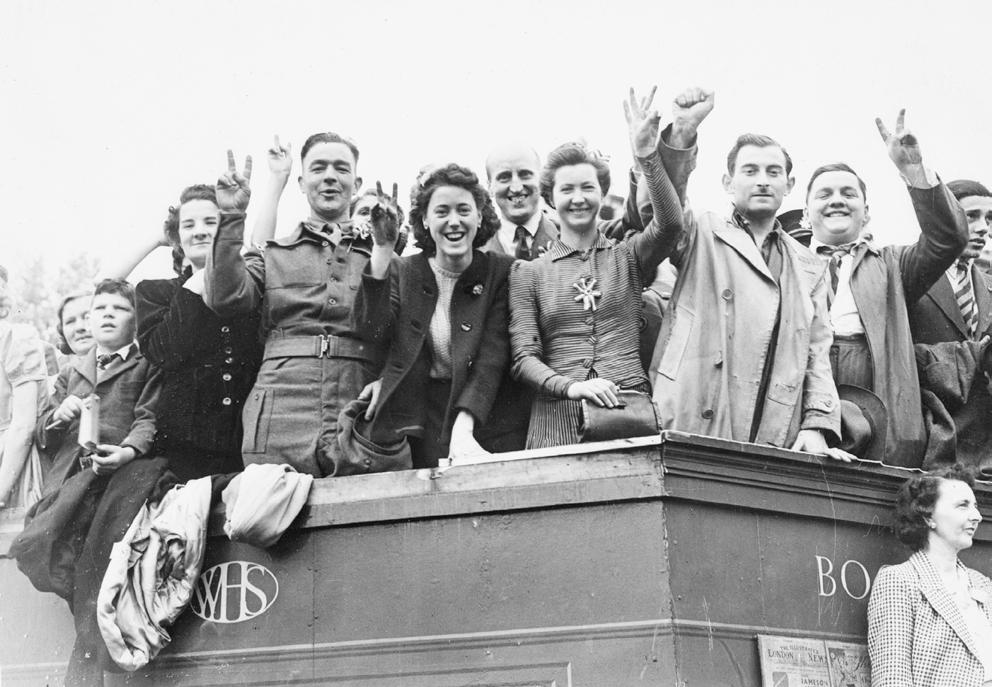
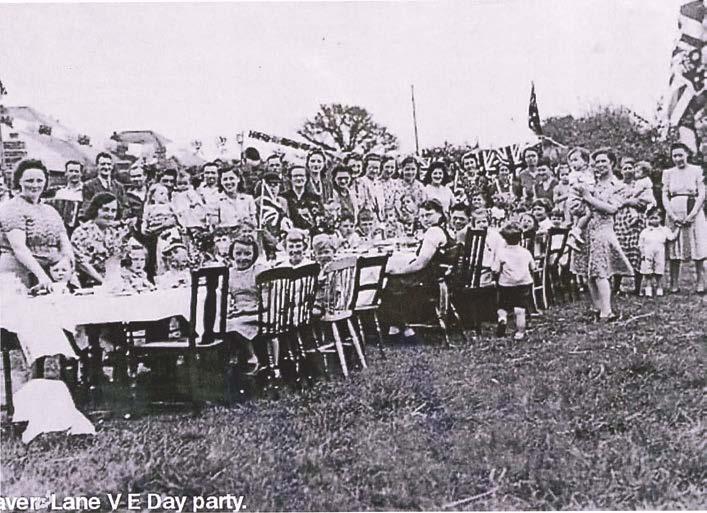

Street parties were hastily organised across the length and breadth of the country and Ashford was no different. Here family, friends, neighbours and children gathered for impromptu streets parties to celebrate the historic victory.

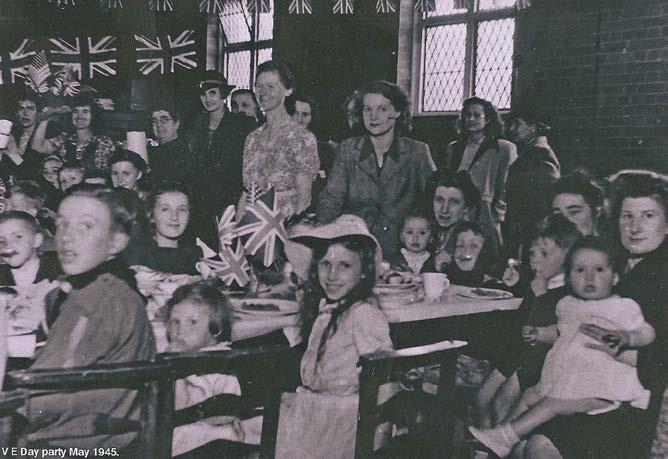
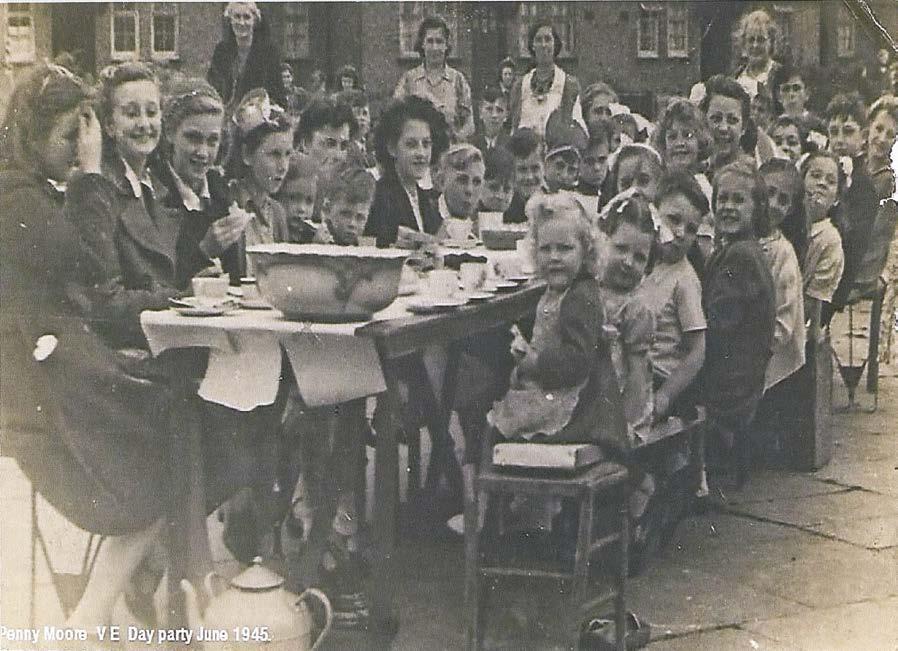

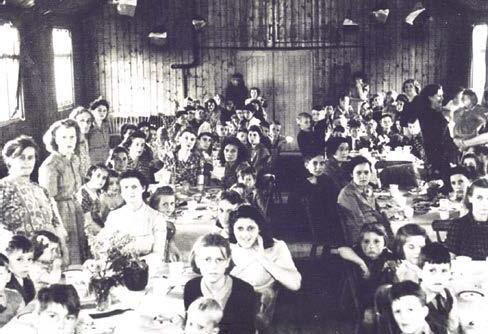
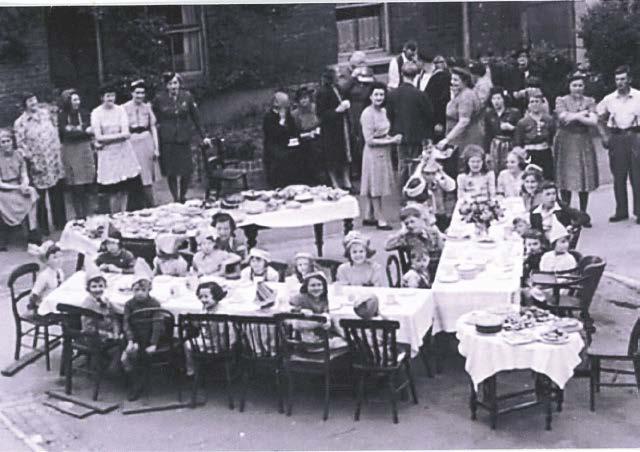

Ashford Street Parties – these images, which have kindly been supplied by Ashford Borough Museum, are from unknown locations in the Ashford borough. If you have any further information on where you believe these photos were taken please contact heritage@ashford.gov.uk.
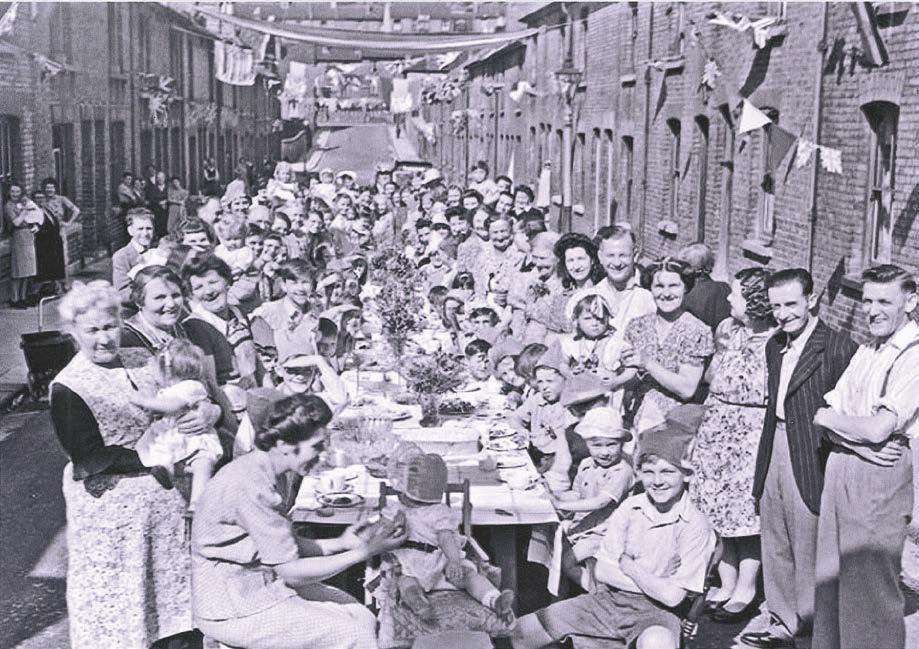

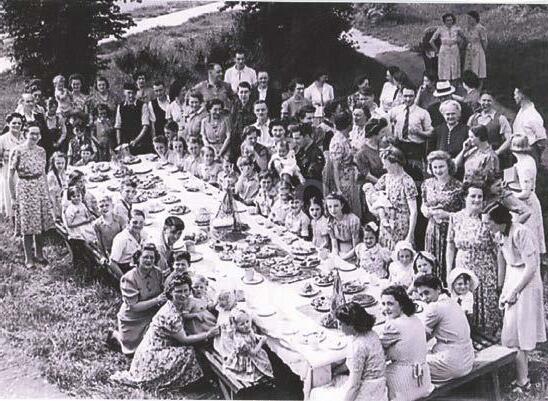
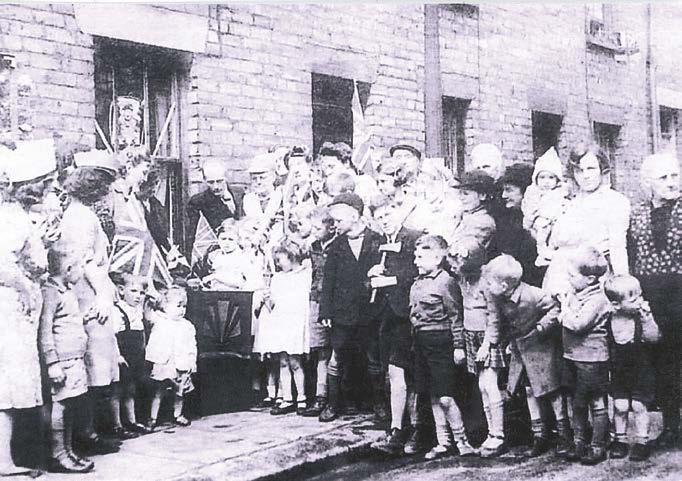
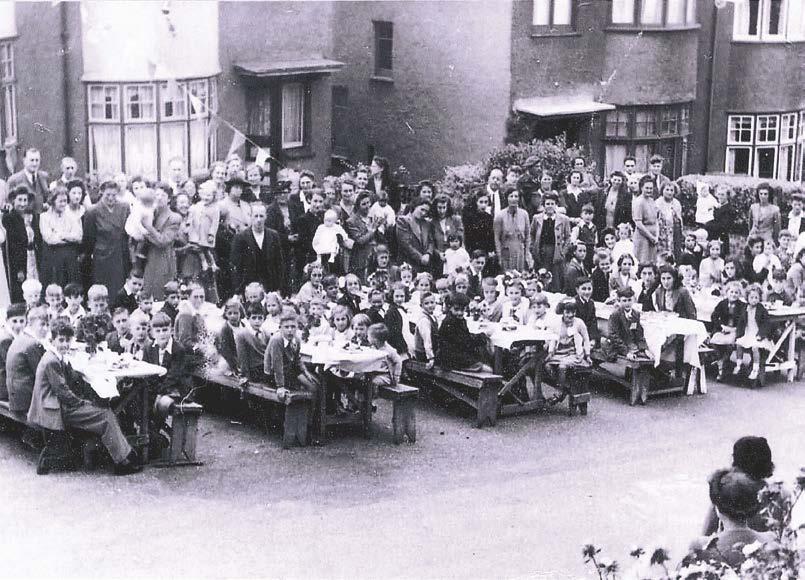
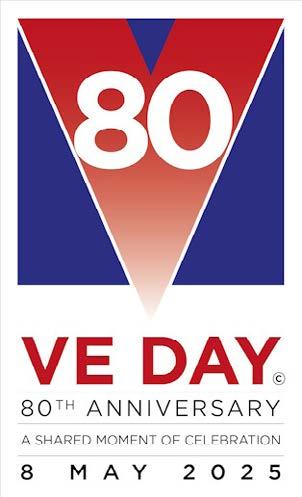
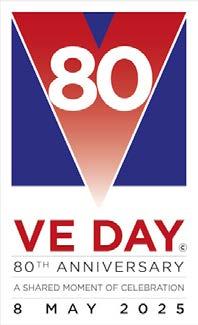
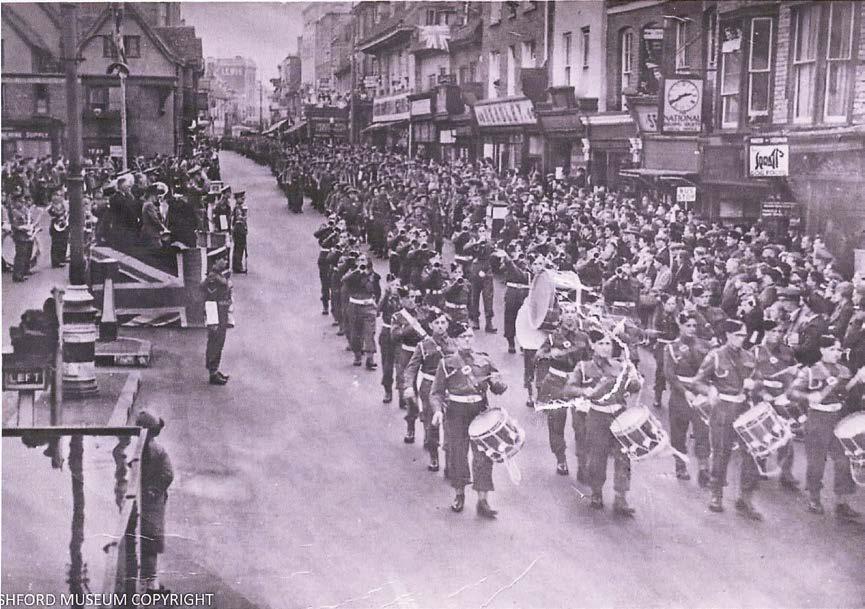
As part of the celebrations to mark Victory in Europe, Ashford hosted a parade that processed through the High Street.

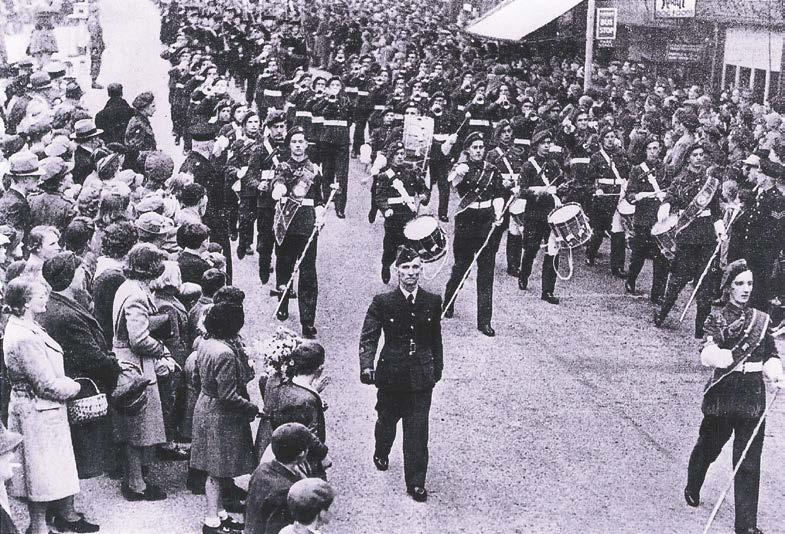
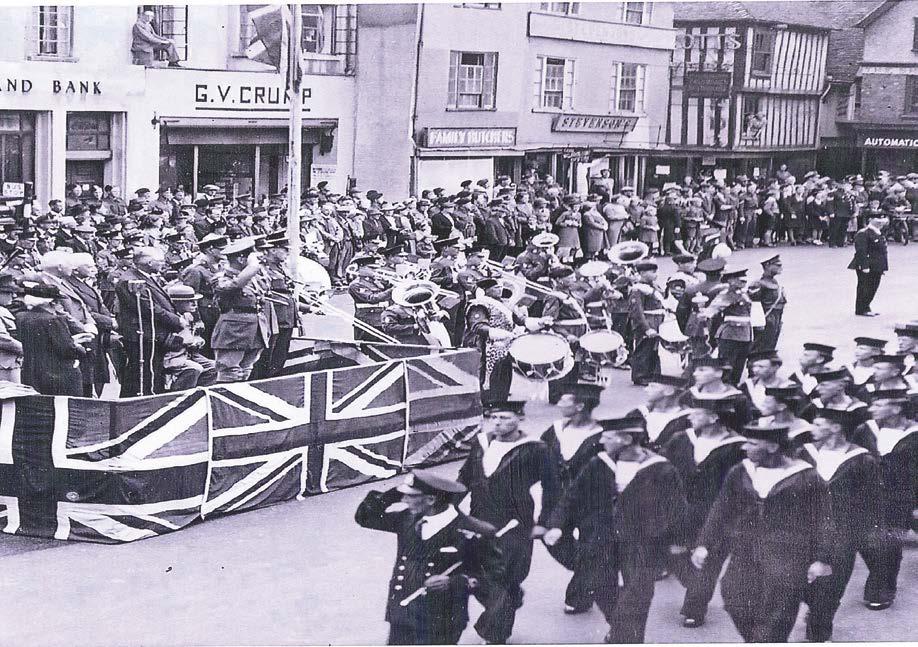
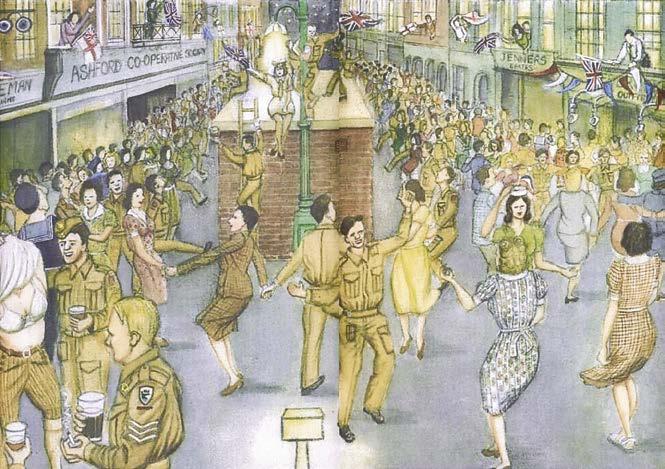





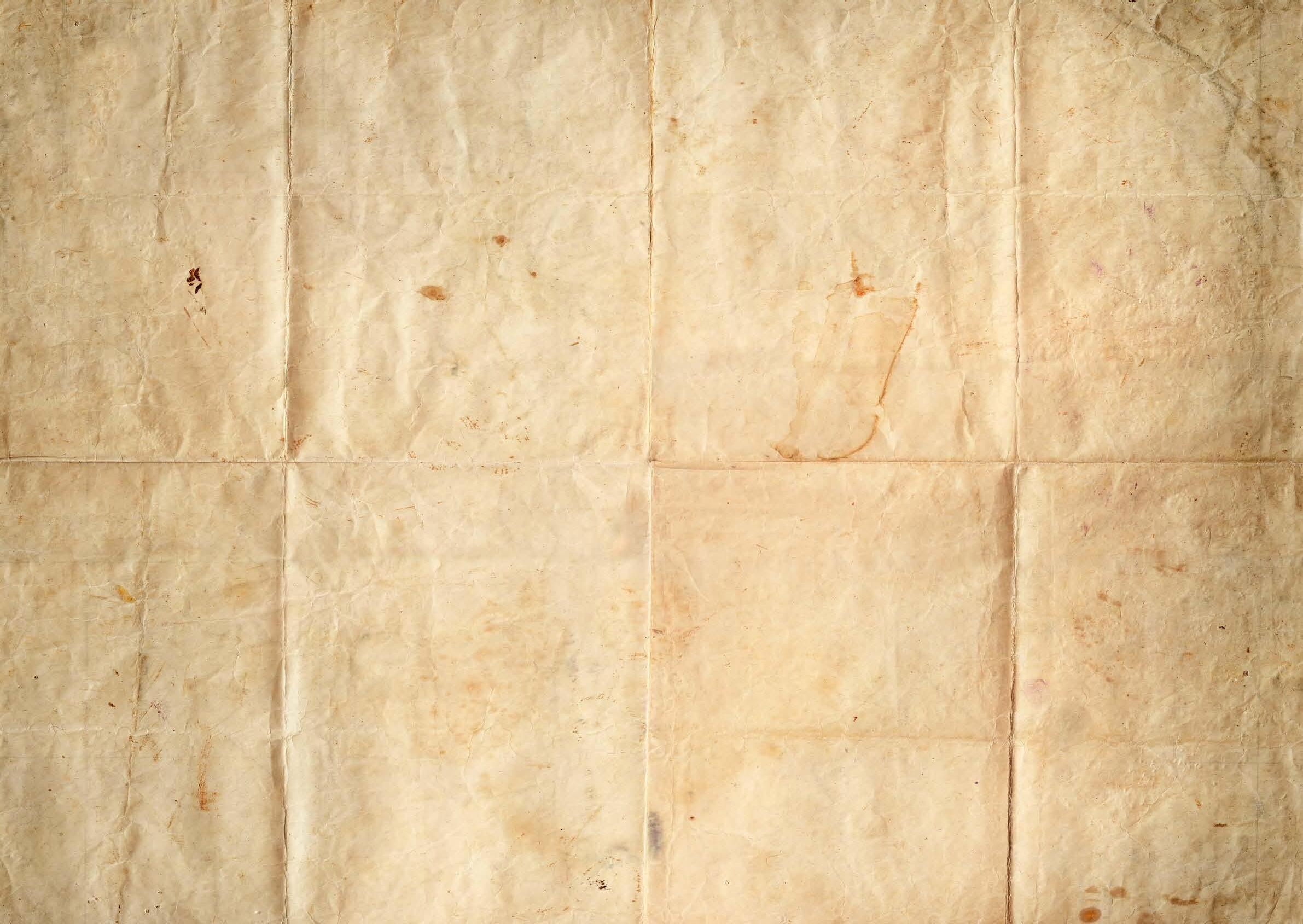
Catford
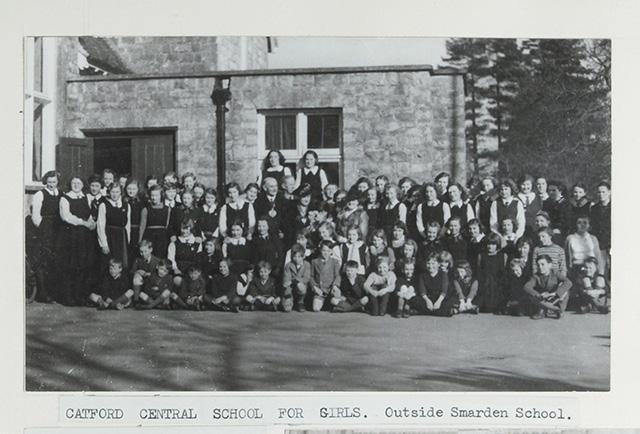
day the Mayor and Mayoress of Lewisham visited.
Image courtesy of Smarden Local History Society.
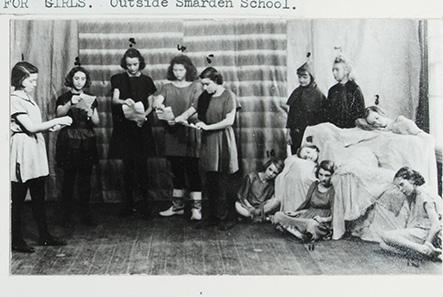
During the Second World War many children living in cities and towns that were at high risk of being bombed were temporarily evacuated to places that were considered safer, usually to more rural locations in the countryside. The first official evacuations began on 1 September 1939, two days before the declaration of war.
Thousands of children were evacuated to Kent towns and villages. Catford Central School for Girls evacuated pupils to Smarden, Bethersden and Biddenden. Mrs Blundell the Head Mistress, as well as some younger brothers and sisters were also included in the group of evacuees.

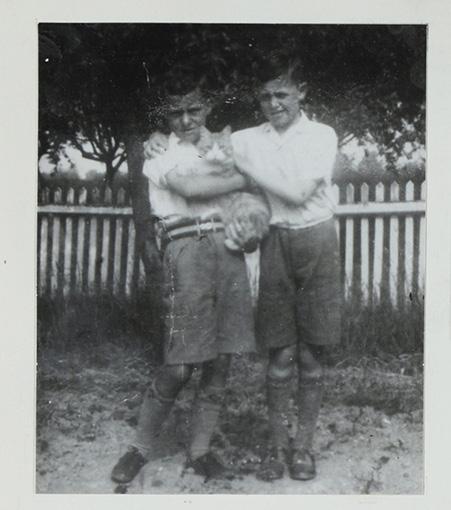
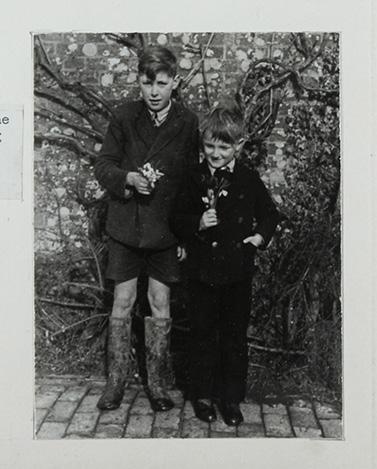


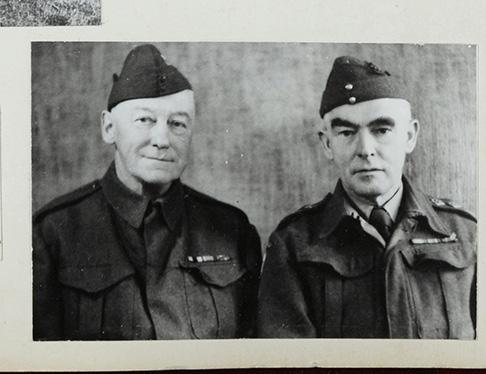

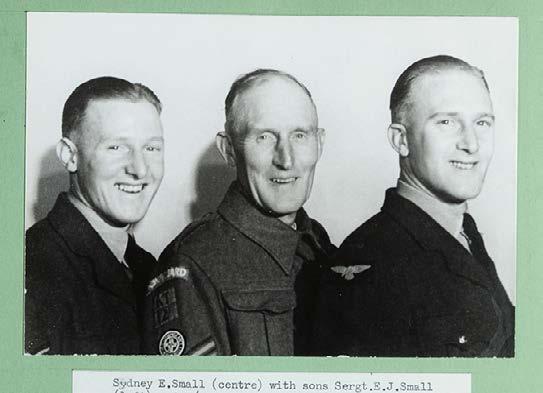

Due to the threat of invasion and the impact of bombing the government called on volunteers to join the Home Guard and to be trained in civil defence duties such as firefighting, first aid and ambulance driving.
Civil Defence consisted of the Air Raid Precautions, St.John First-Aid Detachment, Special Constables and the Fire Service.
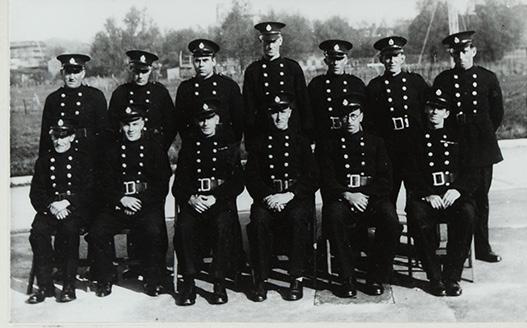
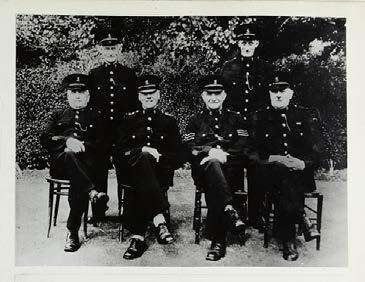
Wartime Special Constables. Image courtesy of Smarden Local History Society.
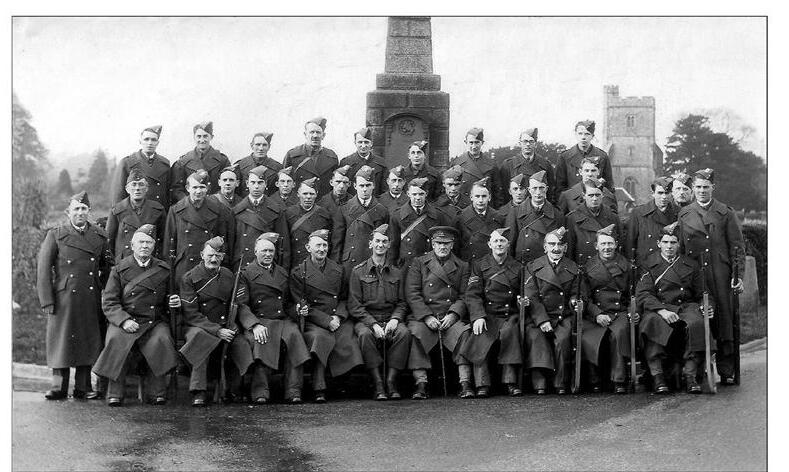
“To begin with they were the ‘Local Defence Volunteers’ (LDV), with no rifles, no uniform, only their LDV brassard (armband). A year or so after the Home Guard proper was in being, with uniforms, rifles, ammo and all, I was enlisted (not too willingly) as paid auxiliary, plus my typewriter, for B Company, of which Smarden, Pluckley and Hothfield formed a platoon, and every afternoon reported at Company Headquarters in the room next the post office. The H.G. was kept hard at it; training in the Schools during the week, and every Saturday rifle practise at Pluckley Brick Works. As D-Day drew near, we became officially part of the Army, and were responsible for posting a night guard at the railway bridge in Godinton Park.”
M. Rathbone, Smarden.
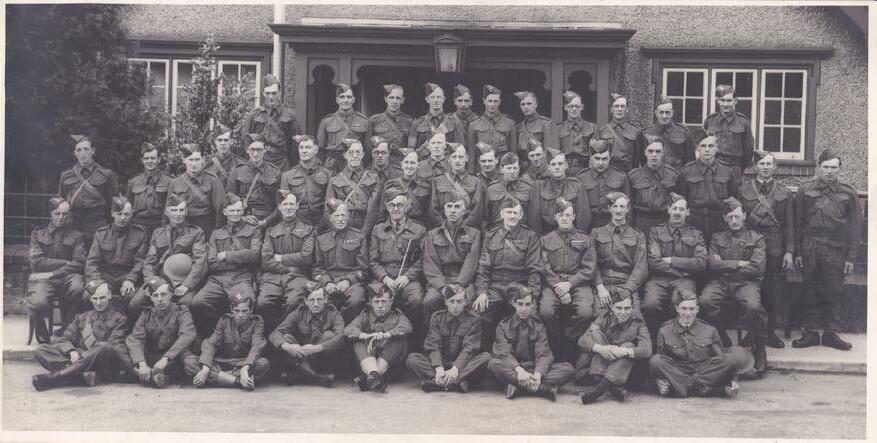
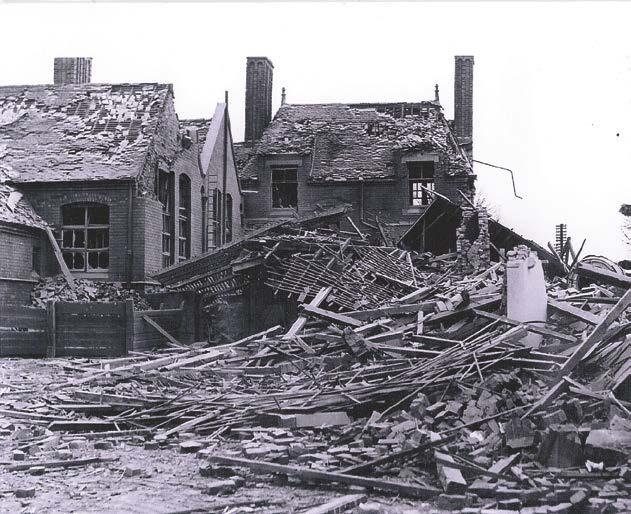
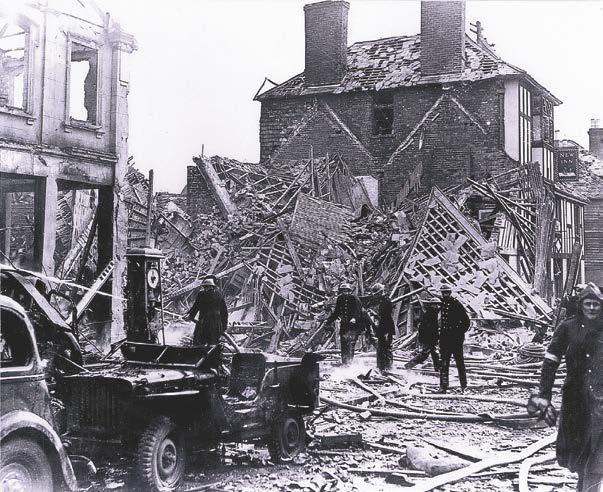
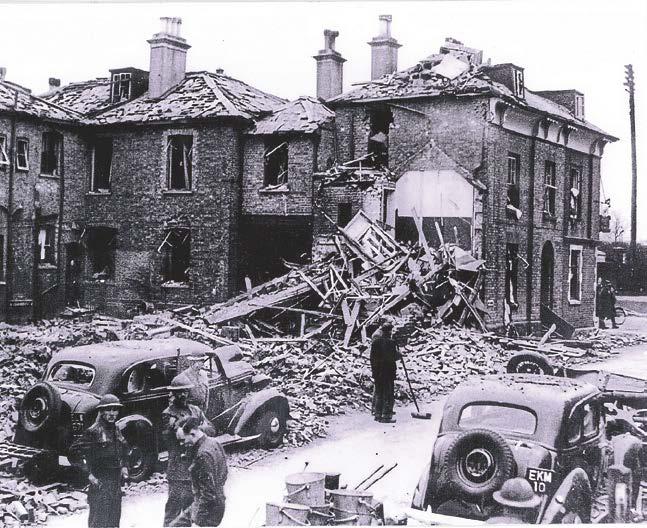
The Ashford Railway Works was a prime target for German bombers. In fact, during the war, there were some 4,000 air raid alerts and bombs regularly fell in the vicinity.
The worst incident for Ashford came on 24 March 1943 when an air raid that lasted just three minutes, killed 50 people and seriously injured a further 77. Two spotters saw enemy aircraft flying from the Mersham area directly out of the sunlight. They sounded the danger signal and the staff at the railway works had only 25 seconds to find cover.
Although the railway works was the main target, the surrounding areas were also badly hit. The worst of the damage occurred in Milton Road, New Street, Hayward’s Garage, Dover Place, New Rents, Star Road, Hardinge Road and Kent Avenue.
During the raid, a bomb also fell on Beaver Road Primary School, formerly located on the corner of Beaver Road and Victoria Road. Thankfully, the sirens sounded in time and the children were already in the playground shelters. Two classrooms which 80 girls had just vacated were completely destroyed. Long before the all clear sounded, parents and friends rushed to the school to find the children unscathed. Miss Adams, the Head Teacher, received an award for her actions, which ultimately saved the lives of the schoolchildren.
German pilot Paul Keller, nicknamed the “Bombenkeller” (bomb shelter), led the attack on Ashford. Keller did not survive the raid, his plane was hit by anti-aircraft fire and he crashed in Godinton Road.
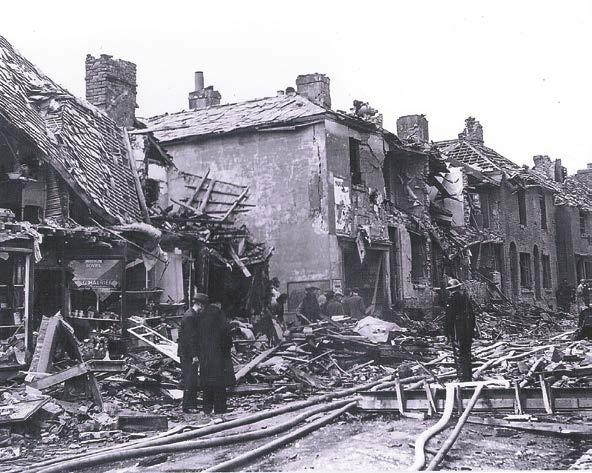
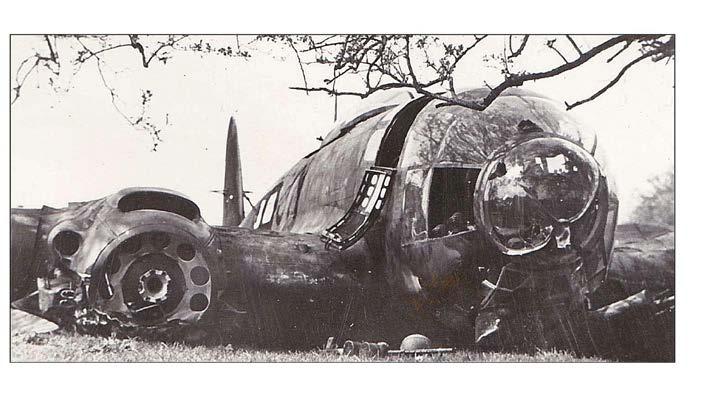
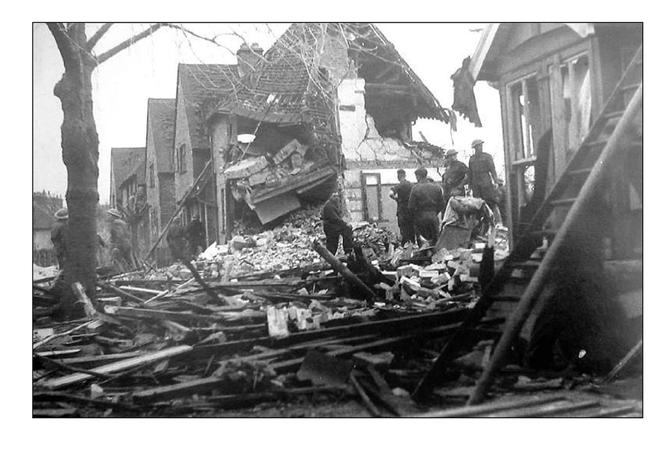


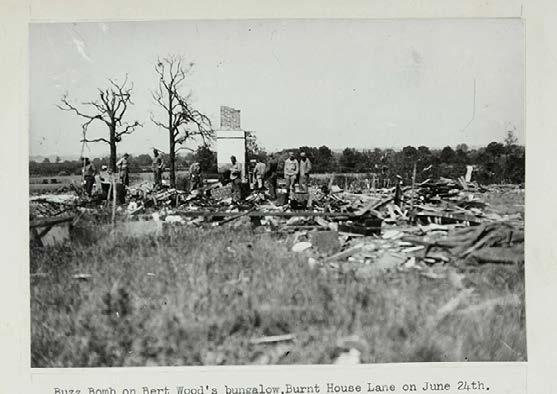
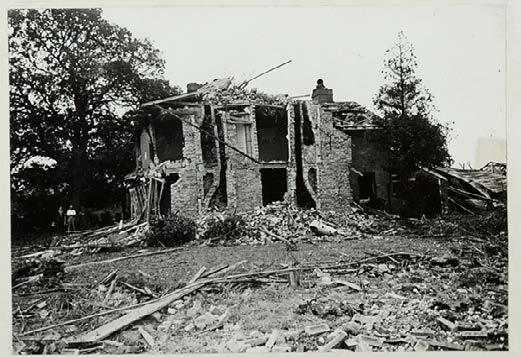
On 13 June 1944 Britain came under attack from a strange new German weapon, a V-1 flying bomb.
The allies called it the “buzz bomb” or “doodlebug” because its engine produced a very loud buzzing sound.
The V-1 was essentially what we now call a cruise missile. It was used for bombing London, but it also caused great devastation throughout Kent.
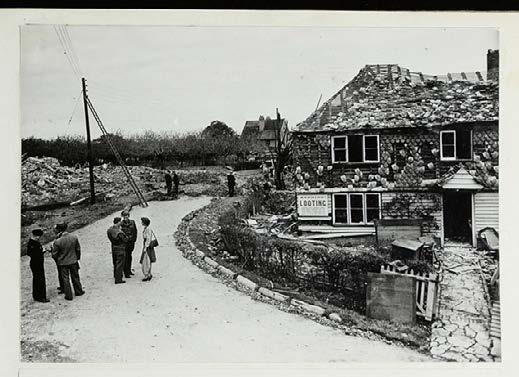
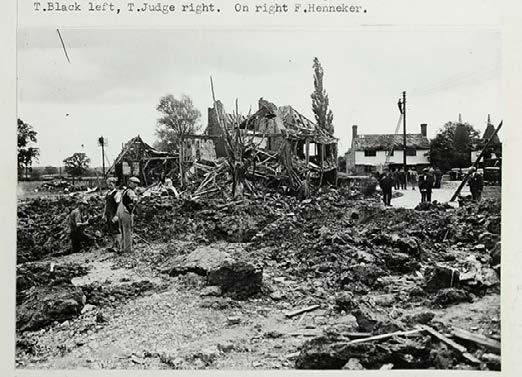
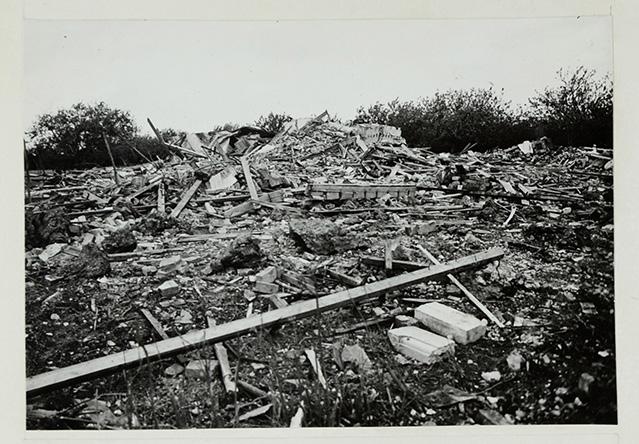


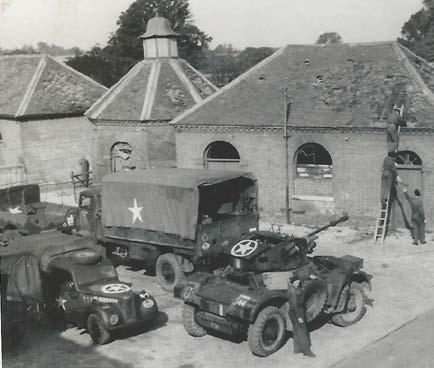

“I remember the first night of the buzz bombs - like nothing so much as a quick succession of diesel trains, only just overhead. It was a dangerous night for us, for all the soldiers round about were firing with everything they’d got. Day after day, night after night they went on. Most of us were sleeping downstairs now or in shelters. Our people were trying to shoot down the
outside the towns, where the population was less dense.”
L. Rathbone,

Army girls

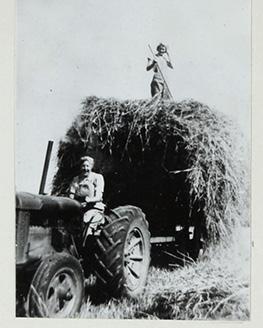

During the Second World War men aged between 18 and 41 were needed in the Armed Forces and this would take them away from their jobs in factories and farms. To fill the shortage in the workforce, women worked in the factories constructing weapons and many others joined the Land Army to work on farms.
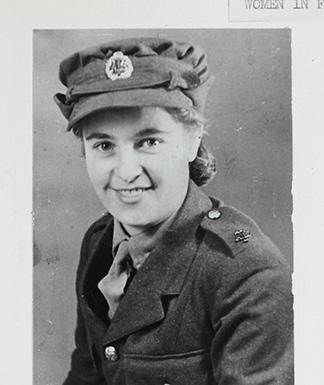
Driver Joan Sharpe (Mrs Sydney Millen) attached to the Corps of Royal Electrical and Mechanical Engineers, Repton Manor, Ashford. She was a driver for Army Officers, called up in 1939. Image courtesy of Smarden Local History Society.
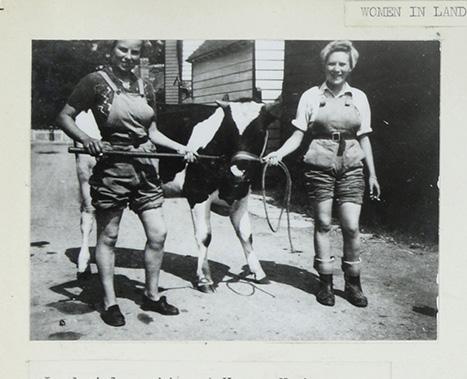
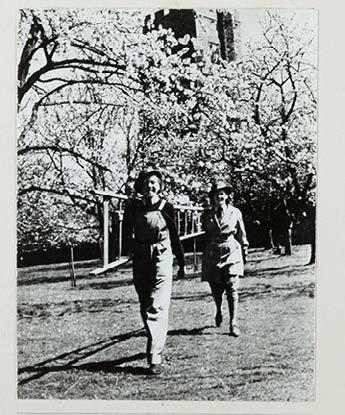
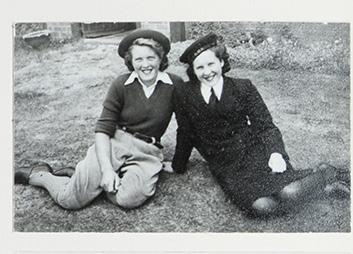
Leading Wren Audrey Batt (Women’s Royal Naval Service), with her sister, December 1944 to January 1949. Audrey Batt spent two years on H.M.S. Somerset and two years on H.M.S. Gannet, Londonderry. Image courtesy of Smarden Local History Society.
Sybil Batt (front), Land Army 1942-1946, was a tractor driver and carried out other farm work at Bobbing, Smarden. Image courtesy of Smarden Local History Society.
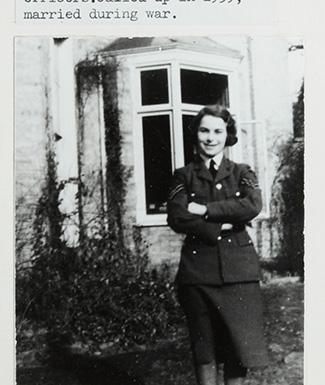
W/O Julia Davis, Women’s Auxiliary Air Force, who joined at the outbreak of the war and served at a Kent aerodrome. Image courtesy of Smarden Local History Society.

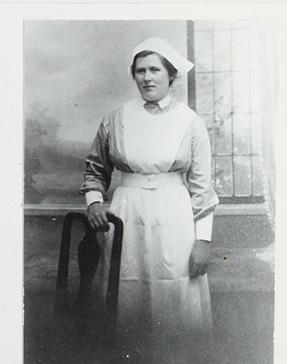
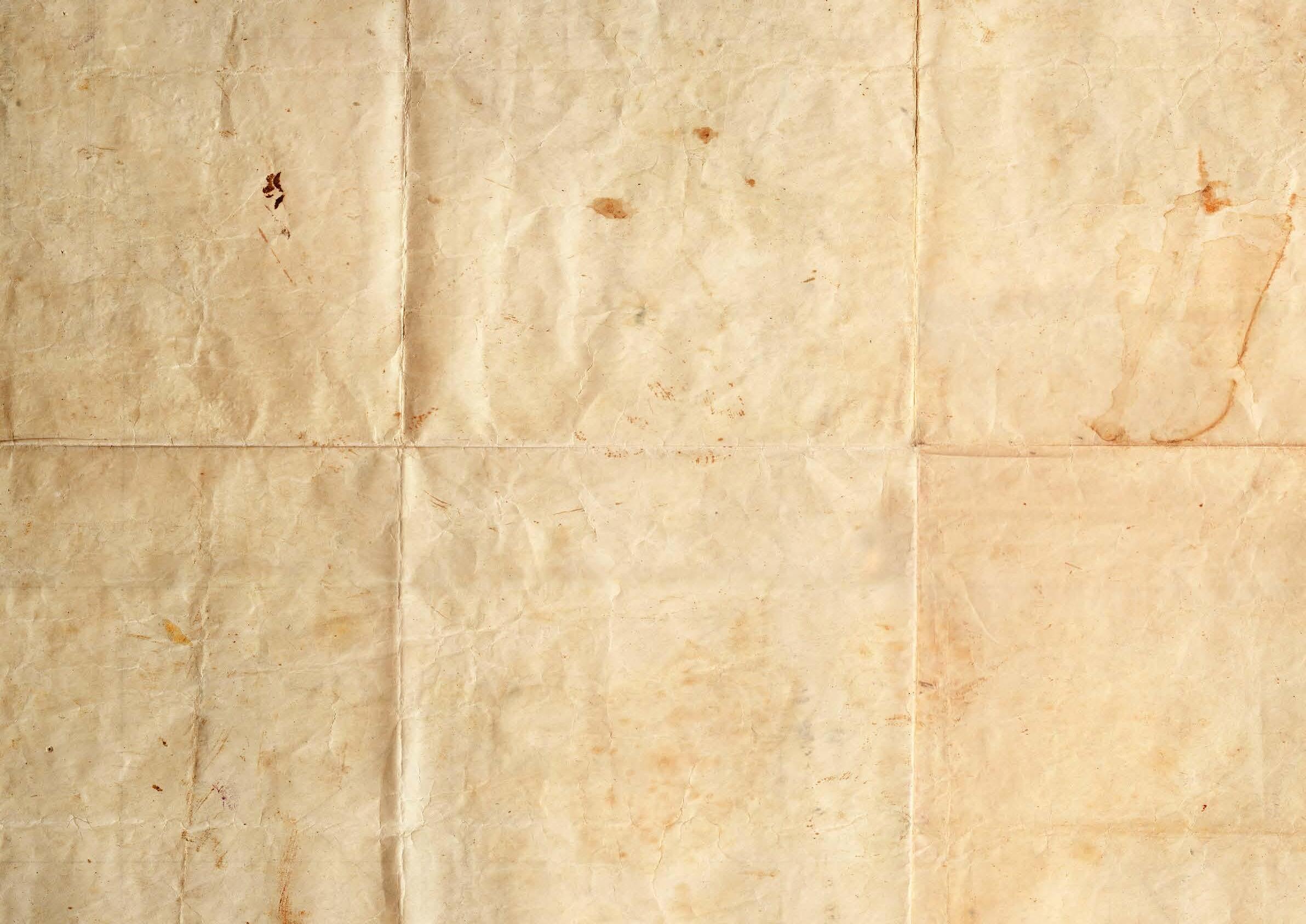
“And now the Battle of Britain was on, and we in the Weald were in it, or rather under it. A.A. guns appeared in various fields. Dog-fights all over our heads, with the dramatic effect of exhausts in the cold upper air making white streaks around the fighters as they swooped and swirled against the blue of the sky. We used to see parachutes descending with the bailed out pilots; bombs were jettisoned around us at night; shrapnel fell.”
L. Rathbone, Smarden.
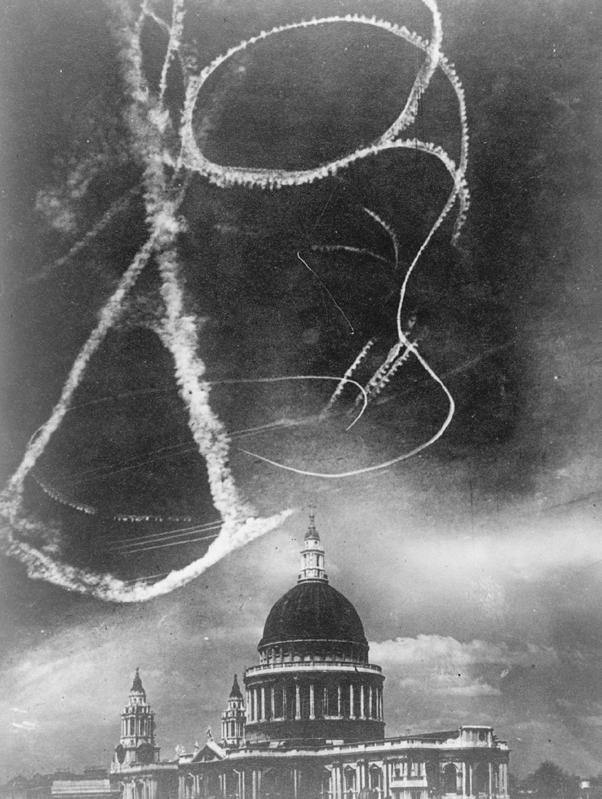
The Battle of Britain, July - October 1940, is without doubt the greatest air battle in history. The battleground was the skies above Kent and the orchards, fields and villages below where hundreds of aircraft crashed.
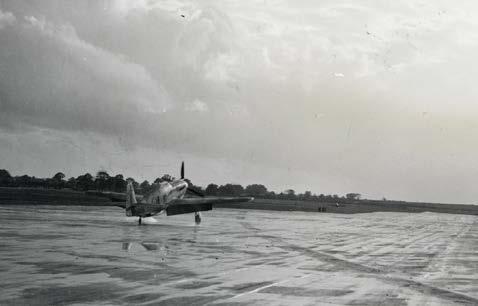
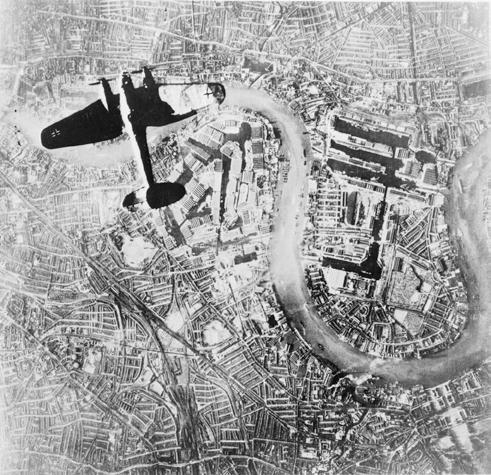
The first major incident of the Battle of Britain occurred on 2 September 1940 when more than 70 Hurricanes and Spitfires intercepted 250 German fighter and bomber planes over Ashford.
Later, on 15 September 1940, now celebrated as the Battle of Britain Day, waves of German bombers and fighters flew above the Kent countryside bound for London. 21 squadrons scrambled to meet the fray and by nightfall the RAF had shot down 61 German aircraft, 34 of which were bombers, for the loss of 26 fighters.
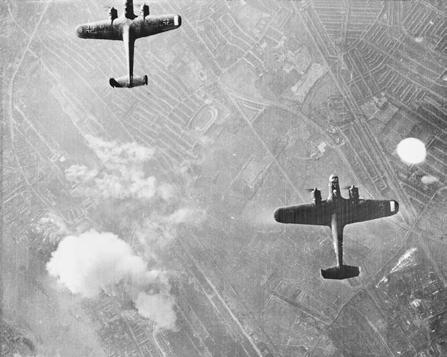
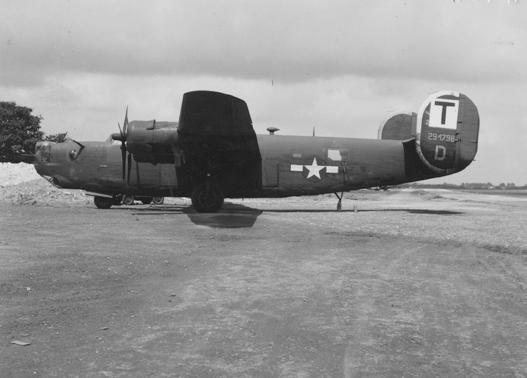
In the whirling dogfight that ensured, the skies were filled with curling tracers, smoking aircraft and the crackle of ammunition. For the people of Kent who watched from below it was impossible to distinguish friend from foe.
